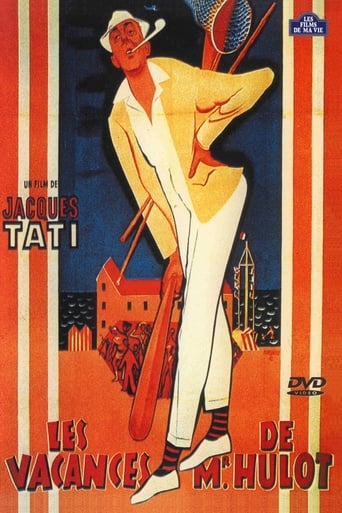César Baldaccini, skådespelare, född 1921-01-01 i Marseille, Bouches-du-Rhône, Frankrike, dog 1998-12-06 (blev 77 år).
Vi listar 1 film, tv-serie som han har medverkat/deltagit i - se via streaming och play.
Skådespelare
| År | Titel | Roll |
|---|---|---|
| 1953 | Semestersabotören | Bearded Camper (okrediterad) |
Titlar
Bio
César (born Cesare Baldaccini; 1 January 1921 – 6 December 1998), also occasionally referred to as César Baldaccini, was a noted French sculptor. César was at the forefront of the Nouveau Réalisme movement with his radical compressions (compacted automobiles, discarded metal, or rubbish), expansions (polyurethane foam sculptures), and fantastic representations of animals and insects. He was a French sculptor, born in 1921 to Italian parents from Tuscany in the working-class neighbourhood of la Belle-de-Mai in Marseilles. His father was a cooper and bar owner. After studying at the Ecole des Beaux-Arts, Marseilles (1935-9) he went on to the Ecole des Beaux-Arts in Paris (1943-8). He began making sculptures by welding together pieces of scrap metal in 1952 and first made his reputation with solid welded sculptures of insects, various kinds of animals and nudes. His first one-man exhibition was at the Galerie Lucien Durand, Paris, 1954. His early work used soldered and welded metal as well as junk materials, and by 1960 César was considered one of France's leading sculptors. In that year, on a visit to a scrap merchant in search of metal, he saw a hydraulic crushing machine in operation, and decided to experiment with it in his sculpture. He astonished his followers by showing three crushed cars at a Paris exhibition. It was for these 'Compressions' that César became renowned. César selected particular cars for crushing, mixing elements from differently coloured vehicles. In this way he could control the surface pattern and colour scheme of the piece. Later the same year he joined the Nouveaux Réalistes (New Realists) - Arman, Klein, Raysse, Tinguely, Pierre Restany and others who found their inspiration in urban life. In 1965, he started to work with plastics, first with plastic moulds of human imprints, then from 1966 by pouring expanded polyurethane, which was allowed to expand and solidify. He gave up making welded-metal sculpture in 1966 and organised a series of Happenings from 1967 to 1970, in which he pro...
